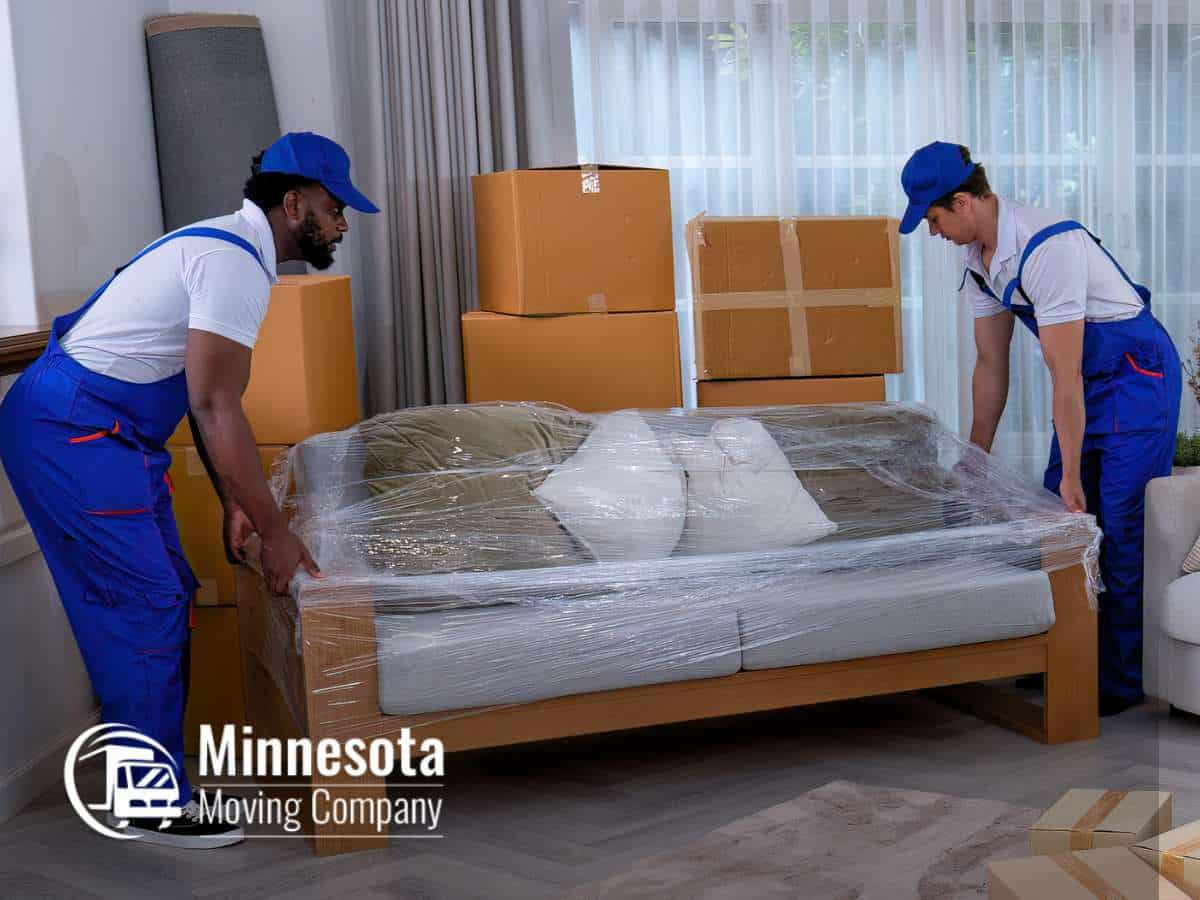Stress-Free Long-Distance Moving: How To Safeguard Your Furniture Every Mile
Long-distance moves bring excitement. A new city, new adventures, a fresh start. But if there’s one thing that could keep you up at night before the big day, it’s worrying whether your furniture will survive the journey unscathed. Unlike local moves, long-distance relocations often involve longer transit times, more handling, and conditions that could increase the risk of damage from vibrations, shifting loads, or varying climate conditions.
The good news? With some planning and the right techniques, you can help ensure that your cherished pieces arrive at your new home in excellent condition. Let’s explore the best ways to protect your furniture during a long-distance move.

Start with a Furniture Inventory
Before you even think about bubble wrap or moving blankets, take inventory of every piece of furniture you intend to move. A thorough list helps you stay organized and prevents last-minute decisions that might lead to rushed packing and potential damage.
Note the size, condition, and material of each item. For valuable or delicate pieces, consider taking photos to document their pre-move condition. This can be useful for reference when setting up your new space, and in the rare event that you need to file a damage claim.
Clean Everything Before Packing
Dust and dirt might seem harmless, but they can act like sandpaper on wood finishes and delicate surfaces during a move. Always clean your furniture before wrapping and packing. Whether you’re hiring professionals or doing it yourself, reliable packing services in St Paul, for example, often include thorough cleaning as part of their preparation process.
- Use a gentle cleaner and a soft cloth for wooden, glass, and metal surfaces.
- Vacuum upholstered items thoroughly, especially in seams and crevices, to remove debris and pet hair.
- Make sure everything is completely dry before packing to avoid trapping moisture, which can cause mold or warping over a long-distance journey.
Measure Furniture & Doorways Before Your Move
Few things are as frustrating as discovering your oversized sofa doesn’t fit through your new front door, or worse, getting it wedged in a hallway halfway through the move. Avoid this nightmare by measuring your furniture as well as the doorways, stairwells, and elevators both in your current and new home.
Knowing these measurements also helps your movers plan the loading process and reduces the chance of accidental bumps or scrapes.
Disassemble Larger Items
Disassembling bulky items like bed frames, dining tables, and sectional sofas can be one of the most effective ways to protect your furniture during a long-distance move. It makes items easier to maneuver and reduces stress on joints and hardware.
Keep track of all screws, bolts, and small components by storing them in labeled plastic bags. Either tape these bags to the furniture pieces they belong to or keep them in a dedicated hardware box for easy access during reassembly.
Use Quality Packing Materials
Protective packing is your furniture’s first line of defense on the road. Invest in quality materials to keep your belongings safe, especially over long distances where the items will face prolonged vibration and handling. When working with experienced packing services in Minnesota, for example, you can be confident they’ll use the best materials suited for each type of furniture:
Moving Blankets and Pads
Moving blankets provide thick padding that absorbs shock and prevents scratches. Wrap wooden pieces completely, securing the blankets with plastic wrap. However, avoid placing plastic directly against wood for extended periods, as it can trap moisture and cause damage.
Stretch Plastic Wrap
Plastic wrap is ideal for keeping protective blankets in place and safeguarding upholstery from dirt and moisture. Just ensure it’s not too tight, especially around fabric furniture, to avoid indentations.
Corner Protectors
For pieces with delicate corners or intricate carvings, foam corner protectors add an extra layer of safety against bumps.
Specialty Boxes For Glass and Mirrors
Glass and mirrors require special care. Use painter’s tape to form an “X” across the surface. Wrap these items in bubble wrap or foam, place them upright in mirror boxes, and ensure they’re securely positioned during transport.
Create Clear Paths For Moving Day
Clearing pathways in your home before moving day is one of the simplest ways to avoid accidents. Take time to remove rugs, small furniture, and any clutter that might cause tripping or make it difficult to carry bulky items.
For example, if you’re hiring moving contractors in Rochester, they can offer expert tips on preparing your space to ensure the move goes smoothly and safely.
For tight doorways, removing doors from their hinges can provide extra clearance. This small adjustment can save time and help prevent damage to both your furniture and walls.
Load The Truck Strategically
How your furniture is loaded into the moving truck significantly impacts its safety over long distances. Heavier items should be placed against the back wall to create a stable base. Distribute weight evenly side to side and front to back to prevent shifting.
Secure everything with straps attached to the truck’s anchor points. Fragile items should be positioned upright and buffered with padding or sturdy pieces that won’t shift during transit. Keeping disassembled parts together and clearly labeled will simplify the unloading and reassembly process.
Plan For Moving High-Value or Fragile Items Safely
If you own specialty furniture—like pianos, pool tables, or antiques—these require extra consideration. Inform your movers ahead of time so they can bring the appropriate equipment and materials. Some pieces may require custom crating or white-glove service to ensure safe transport.
Even with smaller pieces, like delicate glass display cabinets or heirloom china hutches, it’s wise to discuss protective measures. For example, a trusted moving company in Minneapolis can help assess these items and advise on the best packing strategies.
Final Checklist: Steps Before You Hit The Road
Before the truck pulls away, do a thorough walk-through. Beyond checking that all furniture is secured and fragile items are protected, take a few extra steps to ensure nothing gets overlooked:
Walk through every room to confirm nothing is left behind, including closets, basements, and attics.
Check that all moving boxes are clearly labeled with their contents and destination rooms.
Verify that pathways inside your home are clear for any last-minute adjustments.
Ensure all exterior doors and windows are locked once the truck is loaded.
Review your moving contract or paperwork to confirm details like delivery timeline and contact information.
A few extra minutes at this stage can prevent significant headaches later.
Your Long-Distance Move Doesn’t Have To Be Complicated!
Protecting your furniture during a long-distance move takes some extra effort, but it’s time well spent. From careful packing to working with experienced movers, each step reduces the risk of damage and keeps your prized pieces looking their best.
Ready to make your long-distance move stress-free? Trust our experienced team of movers at Minnesota Moving Company to keep your furniture safe every mile of the way. Contact us today!


